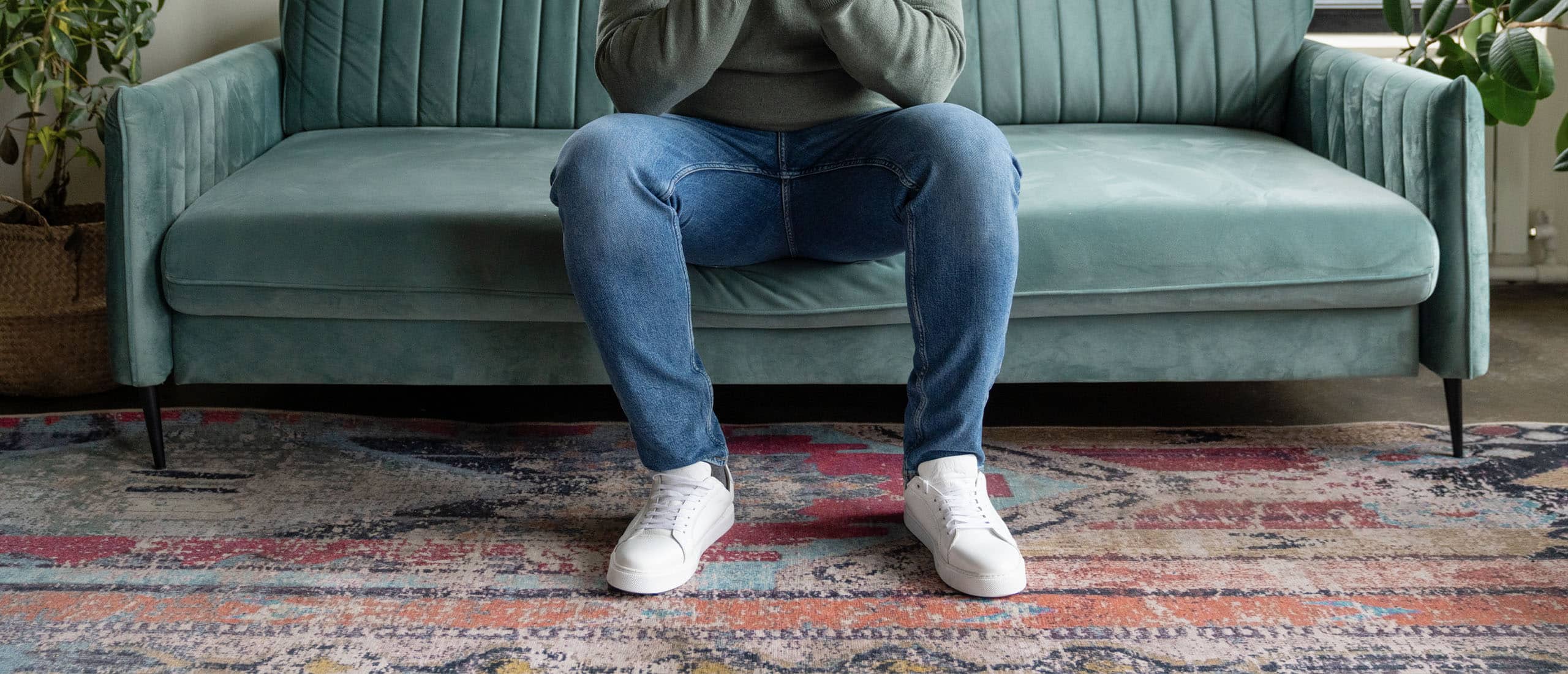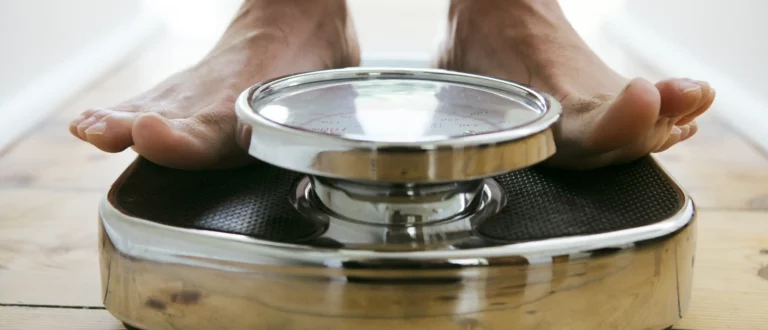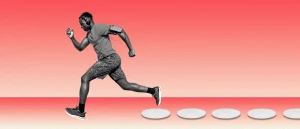Can Soleus Pushups Boost Your Metabolism?
Hitting the sofa for a Netflix binge may be the healthiest part of your day—as long as you do a type of push-up that activates muscles in your lower leg while parked on your backside.
Performing soleus pushups, a move that activates the soleus muscle in your calf, can boost your metabolism for hours, lower your blood sugar, and curb your risk for type 2 diabetes suggests new research from the journal iScience (1).
The research, from Mark Hamilton, a professor of Health and Human Performance at the University of Houston, suggests soleus pushups beat out exercise, weight loss, and intermittent fasting for improving blood sugar regulation.
What is a soleus pushup and how to do it? Here’s the low down.
What Did the Research Show?
The soleus muscle, which is located in the lower leg, is the primary muscle you use for standing and walking, Hamilton explains in a University of Houston video.
Unlike most muscles, which use stored carbs (glycogen) for fuel, the soleus uses a mixture of other fuels, including glucose and fat, for energy. This lower reliance on glycogen is what helps it work for hours without fatiguing, Hamilton noted in the study report.
“When activated correctly, the soleus muscle can raise local oxidative metabolism to high levels for hours, not just minutes.”
Researchers figured all this out by putting a group of 25 study participants through two different experiments.
In the first, sedentary people performed Hamilton’s soleus pushups—a move that activates the soleus differently than when standing or walking—for up to four and a half hours. A muscle biopsy confirmed the soleus was using glucose and fat for energy.
In the second, they split into two groups. Both groups chugged a glucose drink, but one was sedentary while the other did soleus pushups.
Soleus pushups doubled the normal rate of fat metabolism in the fasting period between meals, reducing levels of triglycerides in the blood. The soleus pushup group also experienced a decrease in blood glucose by 52% and insulin reduced by 60%.
“The magnitude rivals what you would see in the hours after exercise or any other type of therapy,” Hamilton says in the video. “We don’t know of any therapeutic approach, even the strongest pharmaceuticals, that comes close to raising metabolic rate as much as activating one percent of your body’s weight through sustained soleus contractions.”
Hamilton said the discovery could be a solution to a variety of health problems caused by spending hours a day inactive. The average American sits about 6.5 hours a day (2).

How to Do a Soleus Pushup
While the soleus pushup might look similar to walking, Hamilton actually crafted it to be the exact opposite. When walking, your body minimizes the amount of energy used by the soleus.
The soleus pushup is designed to maximize the energy used by the soleus for an extended duration, boosting your calorie burn dynamic in the process.
Here’s how to do it.
- Sit with your feet flat on the floor.
- Raise your heel, keeping your toes planted on the floor.
- When your heel reaches the top of its range of motion, passively release your foot to come back down.
References
1. Hamilton, M. et al (2022). A potent physiological method to magnify and sustain soleus oxidative metabolism improves glucose and lipid regulation.
2. Yang, L. et al (2019). Trends in Sedentary Behavior Among the US Population, 2001-2016.












